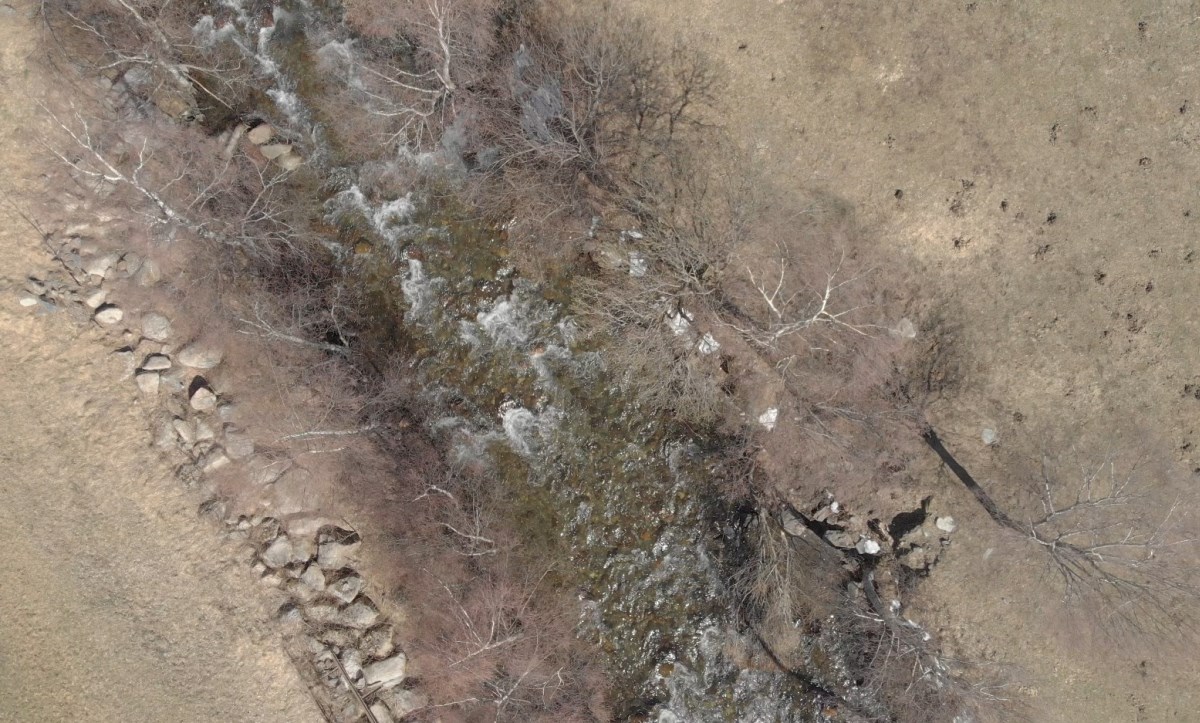Projects

Global change projections in Andorra (population growth, increase in energy demand, reduction of the river flows, etc.), make it necessary to deploy policies, plans, and programs to ensure the protection of riparian ecosystems, but also to maintain the water resource supply and hydraulic use for energy generation in the coming years. In this sense, the establishment of an environmental flow regime is one of the key instruments that should allow for a standard of uses that is compatible with the maintenance of environmental quality and the energy transition. The environmental quality to be maintained in the riparian system should have as a reference the "good" ecological status (or at least acceptable), as envisaged in the Water Framework Directive (WFD) (2000/60/CE).
Obtaining the environmental flow regime, as stated by the European Commission [1], and other works [2], [3], can be addressed through three types of methods:
- Methods based on historical hydrological series
- Methods based on hydrological discussion and analysis
- Methods based on biological responses
The European Commission [1] and some recent scientific literature [4], also define hybrid and holistic methodologies, which combine two or three groups of the priorly mentioned methods, as well as the incorporation of parameters linked to social and economic uses.
In the case of Andorra, where there are no long hydrological series or exhaustive ecological studies of the integral rivers, it is difficult to choose a single method with guarantees to determine the environmental flow of the different sections in the river network. Therefore, it is proposed to work on the development of a hybrid methodology for its calculation. This methodology is based on a hydrological method, the calculation of the maintenance base flow (Alcázar Montero, 2007), and its correction according to hydromorphological, biological, and socio-economic variables. In this sense, the hydrological method based on the calculation of the maintenance base flow is one of the most recently used and chosen by the Ebro Hydrographic Confederation (CHE) and the Catalan Water Agency (ACA).
To complement the calculation of the maintenance base flows, the cataloging of the hydrological regimes of the river sections inside the Andorran network will be carried out, as well as an approximate assessment of their impacts. Finally, a part of the study will be dedicated to predicting how the hydrological regimes will be in the 2050 horizon and under scenarios of global change, as well as an extreme drought scenario.
Hence, the primary goal of this project is to establish a methodology and calculate the environmental flow regime for Andorra that is tailored to the distinct hydromorphological, biological, and socio-economic features of each segment, while also considering seasonal fluctuations.
[1] European Commission, Ecological flows in the implementation of the Water Framework Directive. 2015.
[2] M. Dunbar, “Overseas approaches to setting river flow objectives.” Environment Agency, 1998., p. 90, 1998.
[3] L. Chaves, A; Picado, J; Krasovskaia, I; Gottschalk, “Linking annual cycles of ecological indicators with statisticalflow descriptors for environmental flow assessment,” Resour. Link. Annu. cycles Ecol. Indic. with Stat. flow descriptors Environ. flow, no. 340, pp. 327–334, 2010.
[4] G. Cosic-Flajsig, I. Vuckovic, and B. Karleuša, “An innovative holistic approach to an e-flow assessment model,” Civ. Eng. J., vol. 6, no. 11, pp. 2188–2202, 2020, doi: 10.28991/cej-2020-03091611.
[5] J. Alcazar Montero, “El método del Caudal básico para la determinación de Caudales Mantenimiento Aplicada al Ebro,” Tesis, p., 2007.

 Oriol Travesset
Oriol Travesset Marta Domènech
Marta Domènech Jordi Ordóñez
Jordi Ordóñez